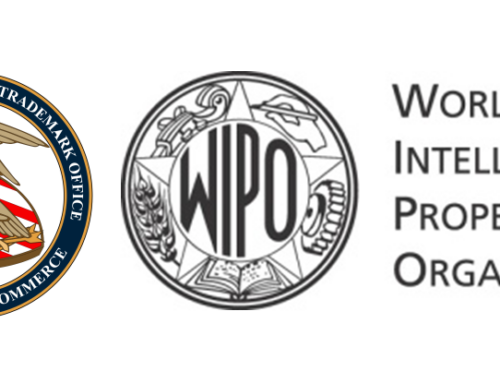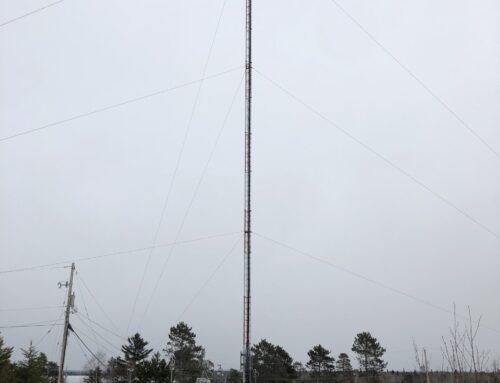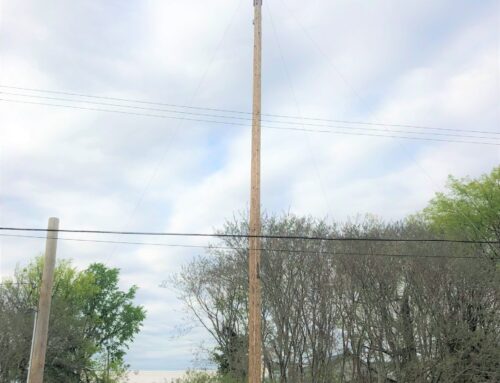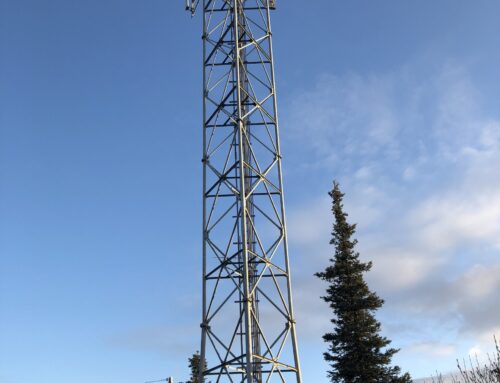Fort Severn’s cellphone service has helped community members keep in contact while conducting searches outside the community.
By Rick Garrick – Wawatay News
September 2, 2010: Volume 37 #18, Page B5
“The most recent case was when the searchers kept in contact with each other when one of our community members passed on,” said Fort Severn Chief Matthew Kakekaspan. “About a month ago they were looking for him all night. They finally found him the following morning and they were able to contact the community and contact the police that they had found the body.”
While the cellphone service works for about a 24-kilometre radius around the community, Kakekaspan said the technicians are working on installing additional equipment to increase the range of service.
The service has been in operation since November 2009, when the Dryden Municipal Telephone System-Keewaytinook Okimakanak-K-Net partnership set up a cellphone tower northeast of the community towards the Hudson Bay coast.
The partnership first set up and tested an IP-based GSM cellphone network in collaboration with Lemko Corporation in Keewaywin and North Caribou Lake about two years ago to deliver a wide range of telecom services.
“With the success demonstrated in Keewaywin and Round Lake First Nations, the chiefs of Keewaytinook Okimakanak moved quickly to invest in the development of mobile services in the other four KO First Nations including Deer Lake, Fort Severn, North Spirit Lake and Poplar Hill,” said Geordi Kakepetum, KO’s executive director, in June 2009. “Mobile IP applications will support the next generation of communication technologies and services to address the needs of First Nations across the north.”
Kakekaspan said most cellphone users pay with pay-as-you-go cards using Motorola cellphones set up through the partnership, but some visiting cellphone users can access the system using their own cellphones.
“You can contact pretty well anybody now,” Kakekaspan said, explaining there are about 60 cellphone users in the community now. “Even if you are at the airport, somebody can just call you.”
Kakekaspan said the pay-as-you-go cards enable people to budget their phone calls.
“The use of the phones is pretty convenient,” Kakekaspan said. “Everybody can afford them because you can manage how much you spend. If you don’t have any more on your (pay-as-you-go) card you can’t make any more calls.”
The community sells the pay-as-you-go cards in denominations of $20 and $50 through the band office.
“The band profits from it rather than Bell,” Kakekaspan said.
DMTS cellphone owners are also able to roam on the Rogers next generation network while Rogers’ customers can roam on the DMTS-KO network.
“I’ve seen people use their own phones when they come in (from outside the community) to work,” Kakekaspan said.
“When you call Sioux Lookout, it’s a local call, or Dryden or Red Lake.”
Moose Factory and Moosonee are also available on a local call basis for cellphone-to-cellphone calls on the DMTS network, as are the highways west of Thunder Bay up to Kenora, south to Fort Frances and Atikokan and north to Sioux Lookout and Red Lake.
DMTS is proposing coverage east of Thunder Bay to Wawa on Highway 17 as well as along Highway 11. To view this article online please visit http://www.wawataynews.ca/archive/all/2010/9/2/Cellphone-use-continues-in-the-North_20558.






